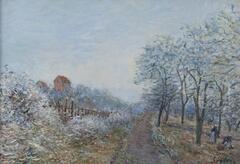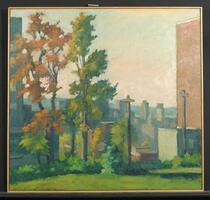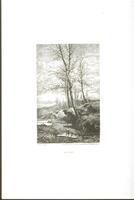49 UMMA Objects
49 UMMA Objects

Shibata Zeshin
Plate with Floral Design, one of five
1879 – 1890
Museum purchase made possible by the Margaret Watson Parker Art Collection Fund
1968/2.56
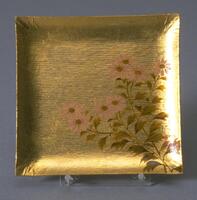
Shibata Zeshin
Plate with Floral Design, one of five
1879 – 1890
Museum purchase made possible by the Margaret Watson Parker Art Collection Fund
1968/2.60

Chang Ku-nien
Solitary Leisure in a Quiet Pavilion
1974
Gift of Dr. Cheng-Yang and Mrs. Shirley Chang
2006/1.108
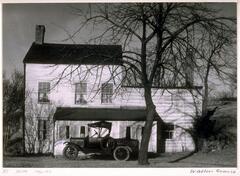
Walker Evans (American (North American))
Westchester, New York, Farmhouse
1931
Gift of the Marvin Felheim Collection
1983/1.288
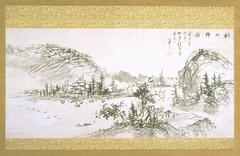
Kinoshita Itsuun
Lonely Fisherman at Autumn River
1852 – 1949
Museum purchase made possible by the Margaret Watson Parker Art Collection Fund
1983/2.246
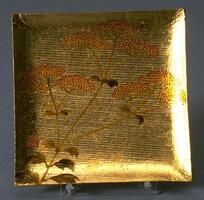
Shibata Zeshin
Plate with Floral Design, one of five
1879 – 1890
Museum purchase made possible by the Margaret Watson Parker Art Collection Fund
1968/2.57
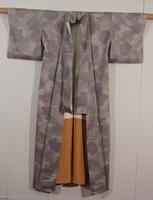
Japanese (Japanese (culture or style))
Multicolored kimono embroidered with autumn flowers
1977
Gift of Howard and Patricia Yamaguchi
2005/1.385

19th century
Museum purchase made possible by the Margaret Watson Parker Art Collection Fund
1965/1.178
Loading…
